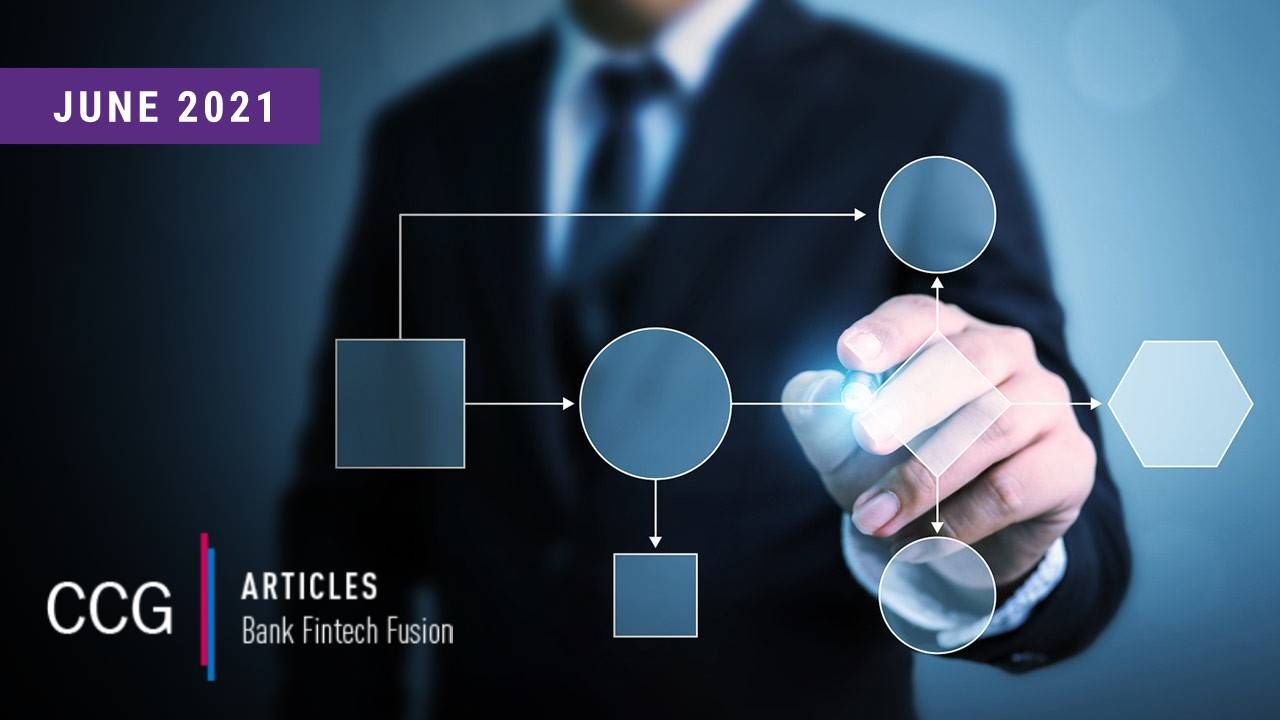
“Things have changed.” We hear it often in financial services. The Covid-19 pandemic brought with it tremendous shifts in how we do business, and how we serve customers, from accelerating adoption of digital to reimagining branches in an era of social distancing. But what that little phrase fails to capture is that we aren’t quite done. Things haven’t changed — things are changing.
The banking industry today is in a state of disruption; it started before the pandemic, and it will continue to push forward without a readily identifiable endpoint. This disruption has a number of drivers — whether you point to fintech competitors, the age of e-commerce, or the world’s tech giants that sent the bar for customer experience into the stratosphere, the truth is, the market and all the players in it are ultimately propelling ahead at a pace set by customers’ move to the internet. The digital era, as we so call it, is actually a product of all of us. It’s come into focus as each one of us moved our daily activities online. And now, financial services are evolving for this new field of play.
So, how do you succeed in the midst of ongoing evolution? That’s a tricky question, made trickier by the fact that many institutions in the US are confined by legacy systems that make it hard to keep up. Modernize those systems? Not so fast — swapping out legacy tech while trying to evolve can be like trying to change a tire on a car going 60 miles an hour. This is a major reason why so many banks today are struggling to chart a path forward, and it’s only becoming more difficult as nimble fintech players set higher standards for customer experience and the biggest banks in the country creep into new markets through their own slick digital channels. According to the FDIC, the 4,000 or so US banks with under $1 billion in assets hold about 5% of all bank assets, while a couple of decades ago that stood at about a third. That means most of the banks in the country are holding a small fraction of all assets.
In our view, it’s become very difficult to be even a fast follower in this environment. The most progressive players are creating such a big gap that riding their coattails into the future isn’t as viable a strategy as it used to be. Instead, banks should be looking to plan for a future that doesn’t yet exist. And that means flexibility. In Europe, there is a concept dubbed “composable” banking that refers to the ability to swap modules in and out depending on the need. Companies like Mambu and Thought Machine have achieved recognition (and sky-high valuations) by enabling banks to introduce new products and services rapidly without ripping out the core. It’s this kind of freedom that we need to be chasing today, the freedom to evolve in any direction and adapt to shifts as they come our way. Buying a digital banking solution off the shelf is just not going to cut it anymore, no matter how many bells and whistles it has.
Perhaps you’ve heard the word “extensible” before. This refers to the ability to build on top of what you’ve got. It’s baked in flexibility. In some cases, you can hire someone to build for you (like a Mambu, for example), while in other cases, banks may want to bite the bullet and build on their own. The point is that there are options out there. Regardless of what you choose, the goal should be to get your technology and your business to a point where it is comfortable with change. That is the future. It’s also terribly contrary to what bankers are used to. Anyone who has ever worked at a bank knows that. But the roadmap today is blurry and success is elusive. As in all facets of life, the winners will be those that can adapt. Today, and tomorrow.






